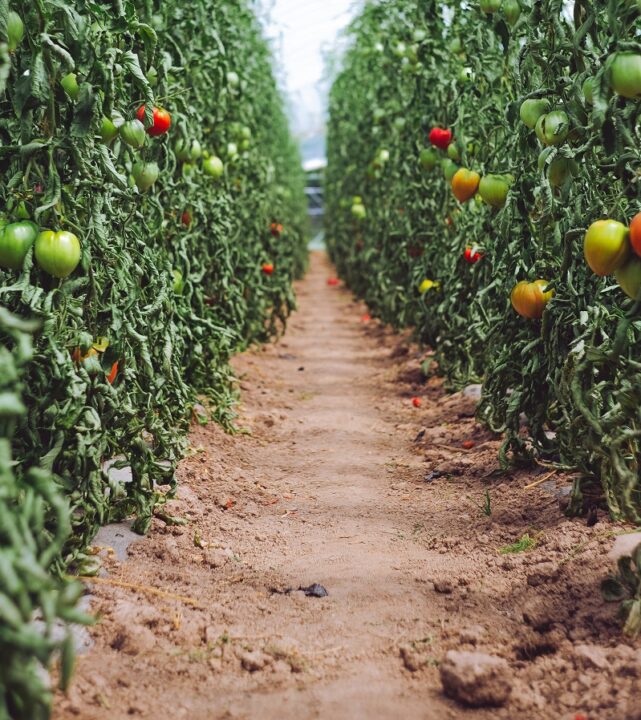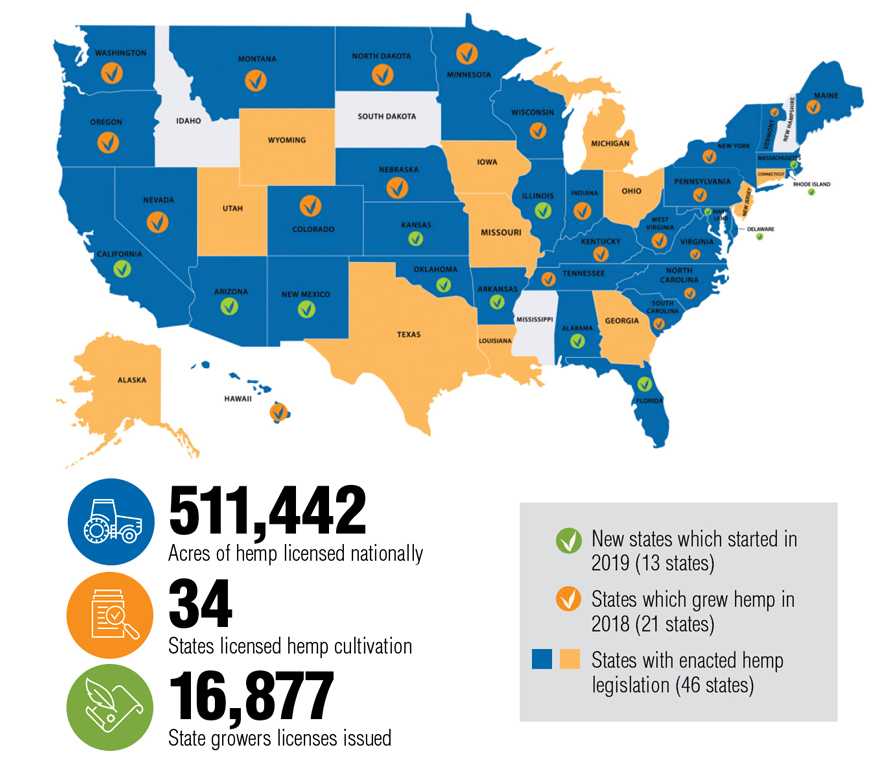Will 2020 be the Year of Hemp in Florida?
With the beginning of the new year, hemp production took one step closer to fruition. As of Jan. 1, food safety and animal feed rules for the new state hemp program under the Florida Department of Agriculture and Consumer Services (FDACS) went into effect. It was an important milestone because the food safety rule will govern cannabidiol (CBD) products derived from hemp. And CBD, the non-psychoactive component of the cannabis plant, is where many potential growers believe the money will be made.
The regulation will oversee the permitting and inspection of food establishments, inspection and evaluation of food and dairy products, and specialized laboratory testing on a variety of CBD products sold and/or produced in Florida. In addition, FDACS will issue food permits for the manufacturing, processing, packing, holding, preparing, or selling food of CBD products.
“We’re proud to roll out these final rules for CBD in food and dairy products, open applications for hemp food establishment permits, and ensure our inspectors are ready to enforce the rules and uphold public safety,” Florida Agriculture Commissioner Nikki Fried said in a news release. “These actions bring us one step closer to getting the state hemp program up and running to provide a new alternative crop for farmers, allow Floridians to access safe, quality CBD products, and help our state reach its potential as the nation’s gold standard for hemp.”
Worries Over a Glut
As final rules are put into place and permitting to grow begins, it is important to note that a lot of other states also are going through the same process. The latest farm bill made it legal to grow hemp in states with hemp programs, which set the course for tremendous growth.
According to the industry advocate group Vote Hemp, 46 states now have legislation allowing hemp production and 34 states already are licensing hemp production. The group noted that licensed acreage jumped 554% from 2018 to 2019. That represents 511,442 acres licensed to grow hemp in 2019, up from 78,176 acres 2018. As states like Florida come online, those figures are expected to continue to rise.
Proceed with Caution
According to Hemp Benchmarks, a leading provider of financial, business and industry data for the North American hemp markets, wholesale CBD prices fell by 53% from April 2019 to October 2019. Media stories report some established growers are having difficulty moving their CBD crops, and the hemp biomass/fiber market is oversupplied.
In addition, there’s a lot to learn about growing the crop in Florida. Research is underway to determine the best varieties to plant. Managing pests and diseases and avoiding growing a hot crop, which is greater than 0.3% THC (the psychoactive compound in cannabis), is still being sorted out. By law, hot crops cannot be sold for CBD uses.
Growers should proceed with caution as planting begins. The starting point is investigating where the crop will be marketed and sold. Plant on a small scale initially to fine-tune production practices. That’s smart with all alternative crops, but especially so with hemp.










